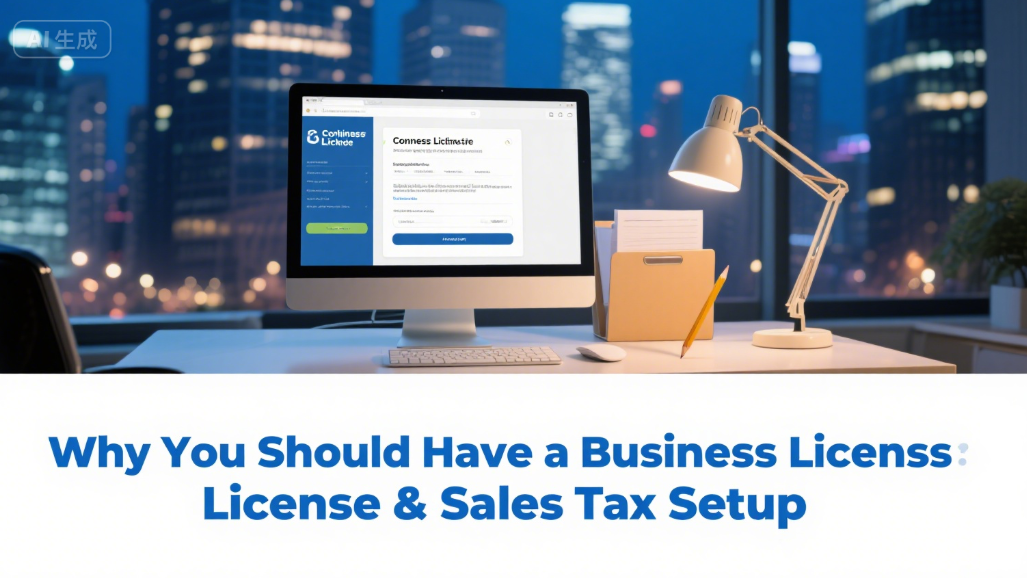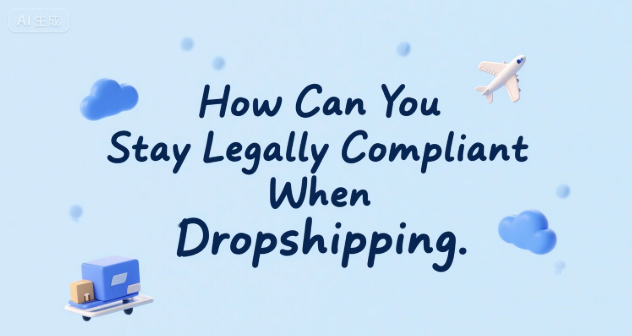
Learn Dropshipping
The Smart Way
No guesswork.No wasted time.Just real-world lessons from sellers who’ve made it.Whether you’re starting from scratch or scaling up,DropSure’s got your back.
Master Dropshipping with Confidence
Learn how to run DropSure like a pro — one feature step at a time

Why You Should Have a Business License & Sales Tax Setup
Unlock Wholesale Accounts and Look Legit to Customers

How to Analyze Winning Creatives and Make Them Better
From Scroll-Stopping to Sales-Driving – Here’s the Blueprint

How to Set Up Meta Ads Structure: Campaign → Ad Set → Ad
Master the Foundation Before You Burn Through Budget

How to Test a Product with Just $10 on TikTok Ads?
The $10 Test Method That Found My Winning Product

How Can You Create High-Converting Product Pages
Optimizing Design, Copy, and UX to Boost Sales and Reduce Bounce Rates

How Can You Stay Legally Compliant When Dropshipping
Navigating Laws, Taxes, and Supplier Agreements to Protect Your Business
24/7 Support
100% Free
Let’s build your store together
Start for free anytime, no strings attached





